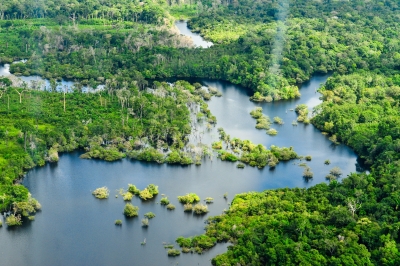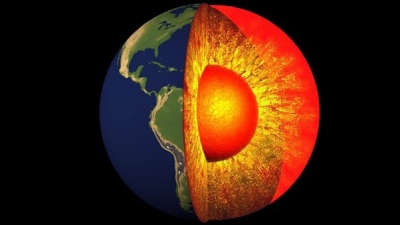
Pollution is considered to be one of the world’s biggest environmental threats. Here are ten shocking facts about pollution.
- Plastic pollution adversely affects marine life. Over 1 million seabirds and 1,00,000 sea mammals are killed by plastic litter in the oceans every year.
- In January 2019, the Ministry of Environment. Forest and Climate Change (MOEFCC) launched the National Clean Air Programme (NCAP) to monitor and curb air pollution around the country. It aims to reduce air pollution in 122 cities by 20-30 per cent by 2024.
- According to the World Air Quality Report, 2020′ released by the Swiss organisation, IQAir, New Delhi is the most polluted capital city in the world. Altogether 35 Indian cities are among the world’s top 50 most polluted cities.
- River Ganga flows through many urban centres such as Kanpur, Patna and Kolkata, which dump their industrial effluents and wastewater in the river. The entire length of the river is polluted by the presence of faecal coliform bacteria (germs found in the faeces of warm-blooded animals and humans), making its waters unfit for bathing and drinking.
- About 70% of water sources in India are severely contaminated. Every year about 37.7 million Indians are affected by waterborne diseases.
- Noise pollution is one of the most under-rated forms of pollution. According to the World Health Organization (WHO), noise above 65 decibels (dB) is termed as noise pollution. Sounds becomes harmful when its exceeds 75 decibels (dB) and painful when it is above 120 dB.
- Only 20% of about 3.5 million tonnes of solid waste that our world generates every day is recycled, thus overwhleming the landfills with unmangable quantities. Waste is often disposed of at hazardous open dump sites in developing nations including India causing land pollution. Indiscriminate use of chemical fertilizers and pesticides has led to degradation of soil. making it infertile.
- According to the WHO, air pollution kills about seven million people worldwide every year. Almost all of the global population (99%) breathe air that contains high levels of pollutants.
- 80% of the world’s wastewater is released back into the environment-most of it untreated, in the developing countries. Farm runoffs containing minerals such as nitrogen and phosphurus causes nutrient pollution leading to algae bloom. This destroys marine life and even results in permanent ‘dead zones.
- The Asian Brown Cloud (ABC) is a dense fog of pollutants that blankets South Asia from November to April. It hovers over western China, northwest Pakistan, Afghanistan and the Indo-Gangetic plain in northern India. The cloud is almost three kilometres thick. It contains a deadly cocktail of aerosols, ash, soot and other particles, 80 per cent of which is caused by human activity.
Picture Credit : Google





